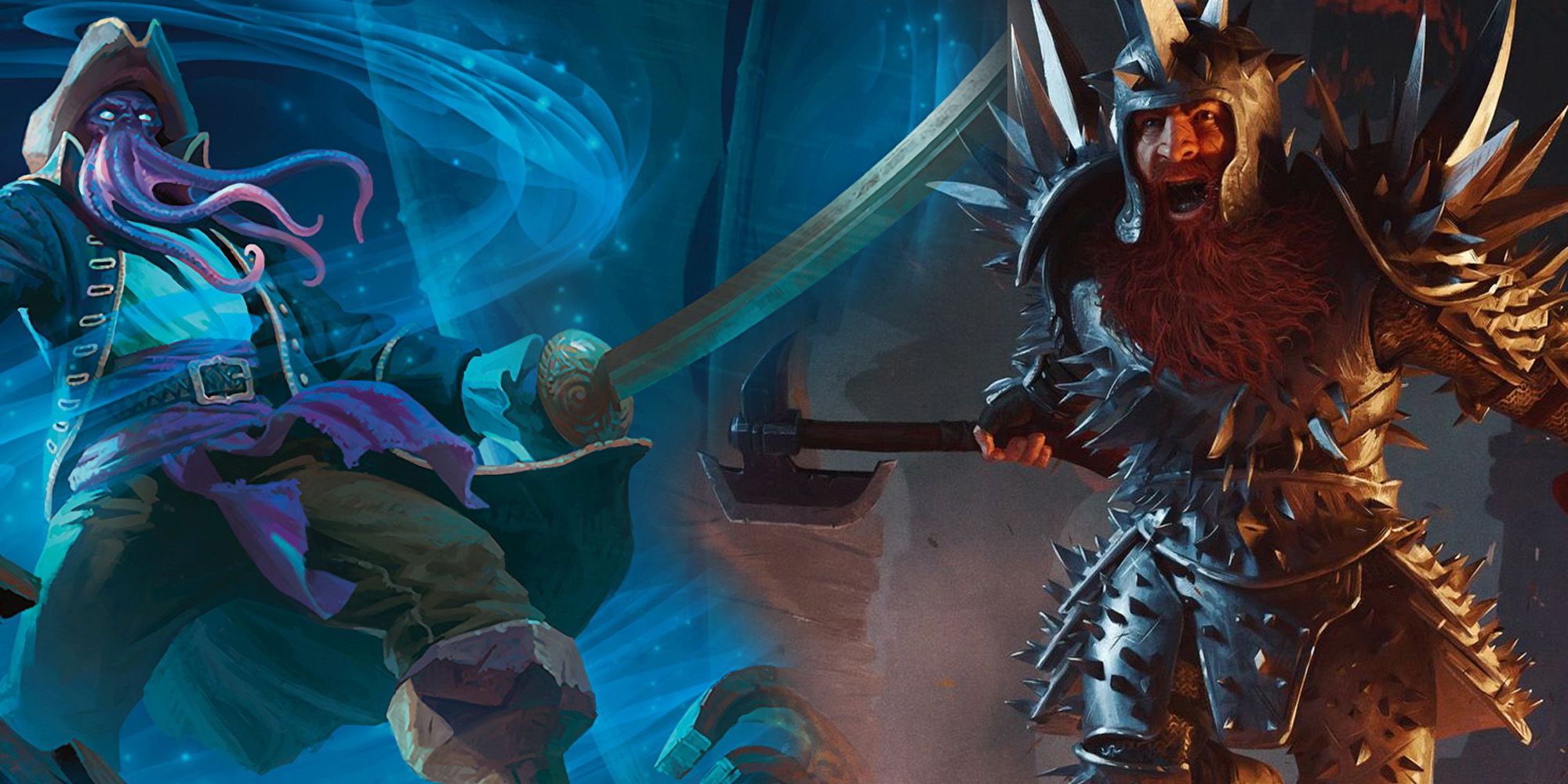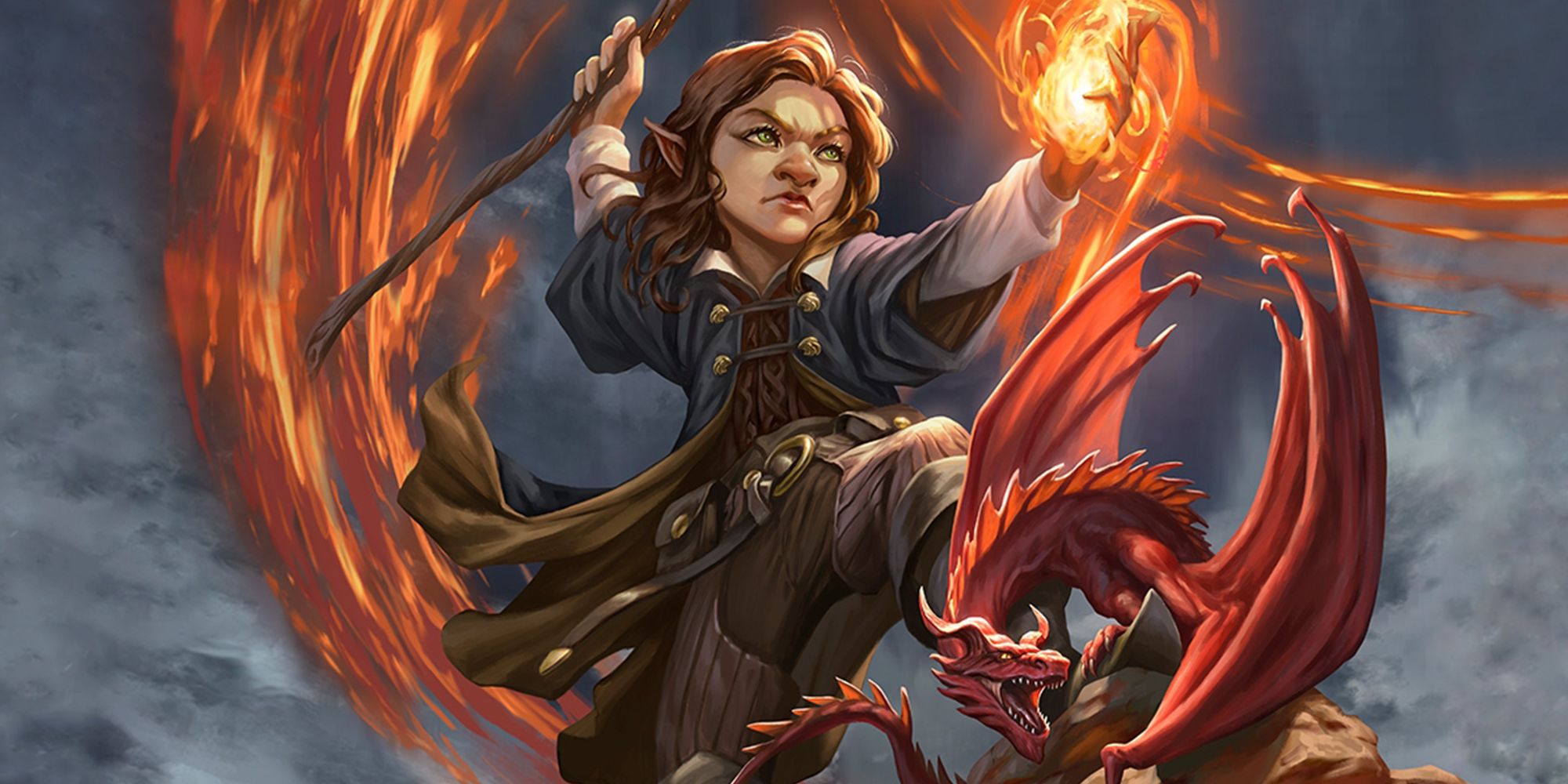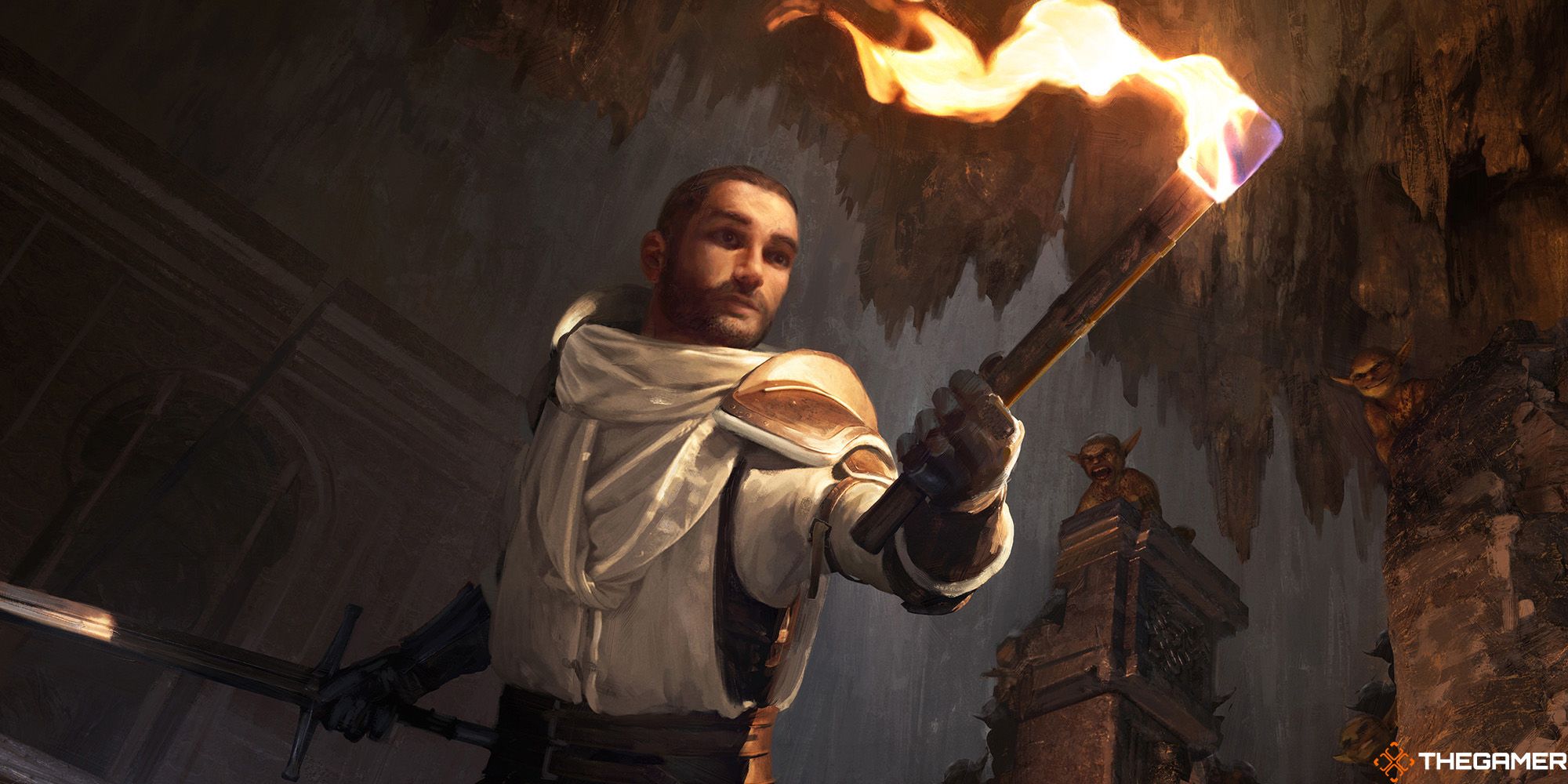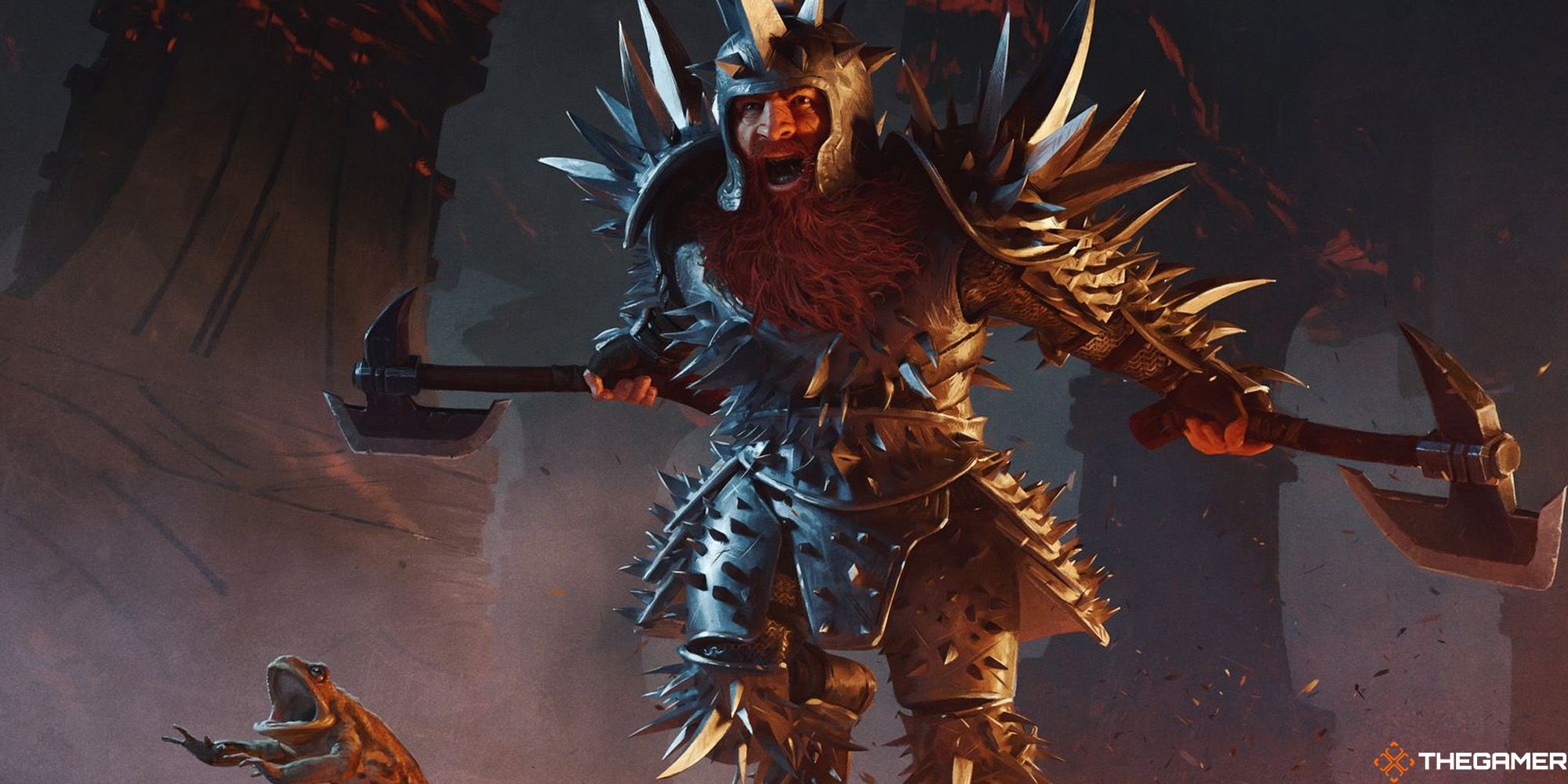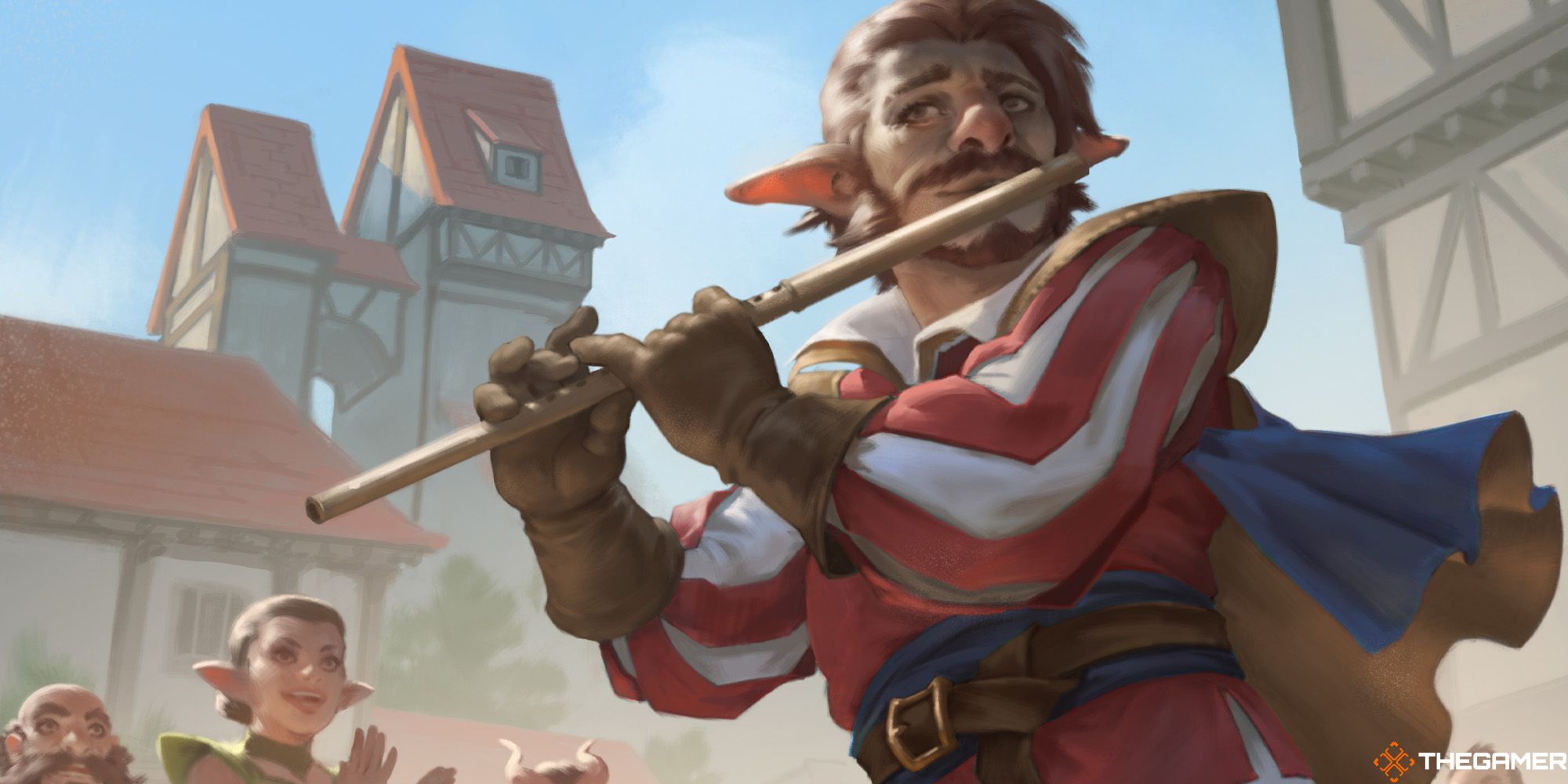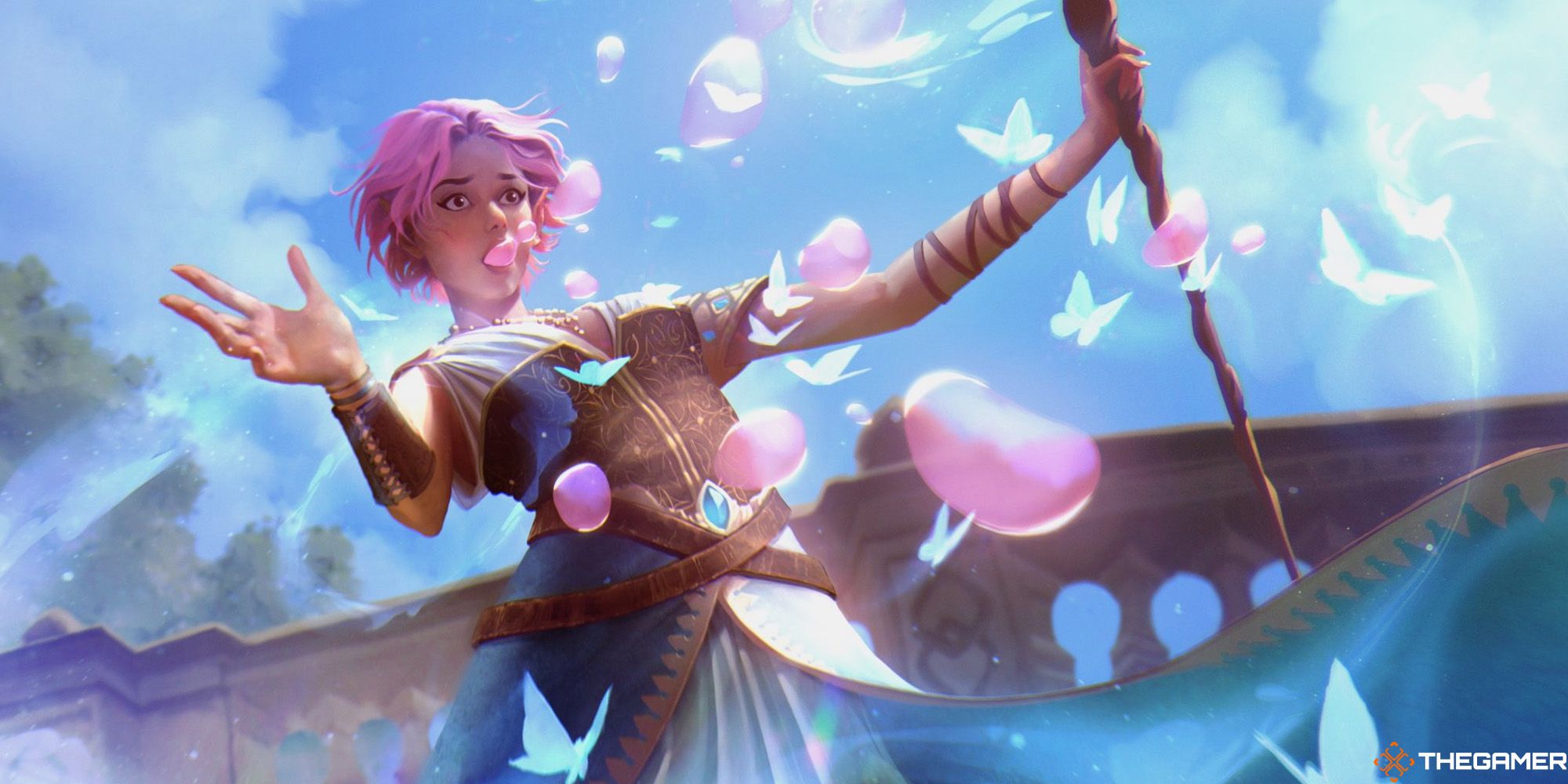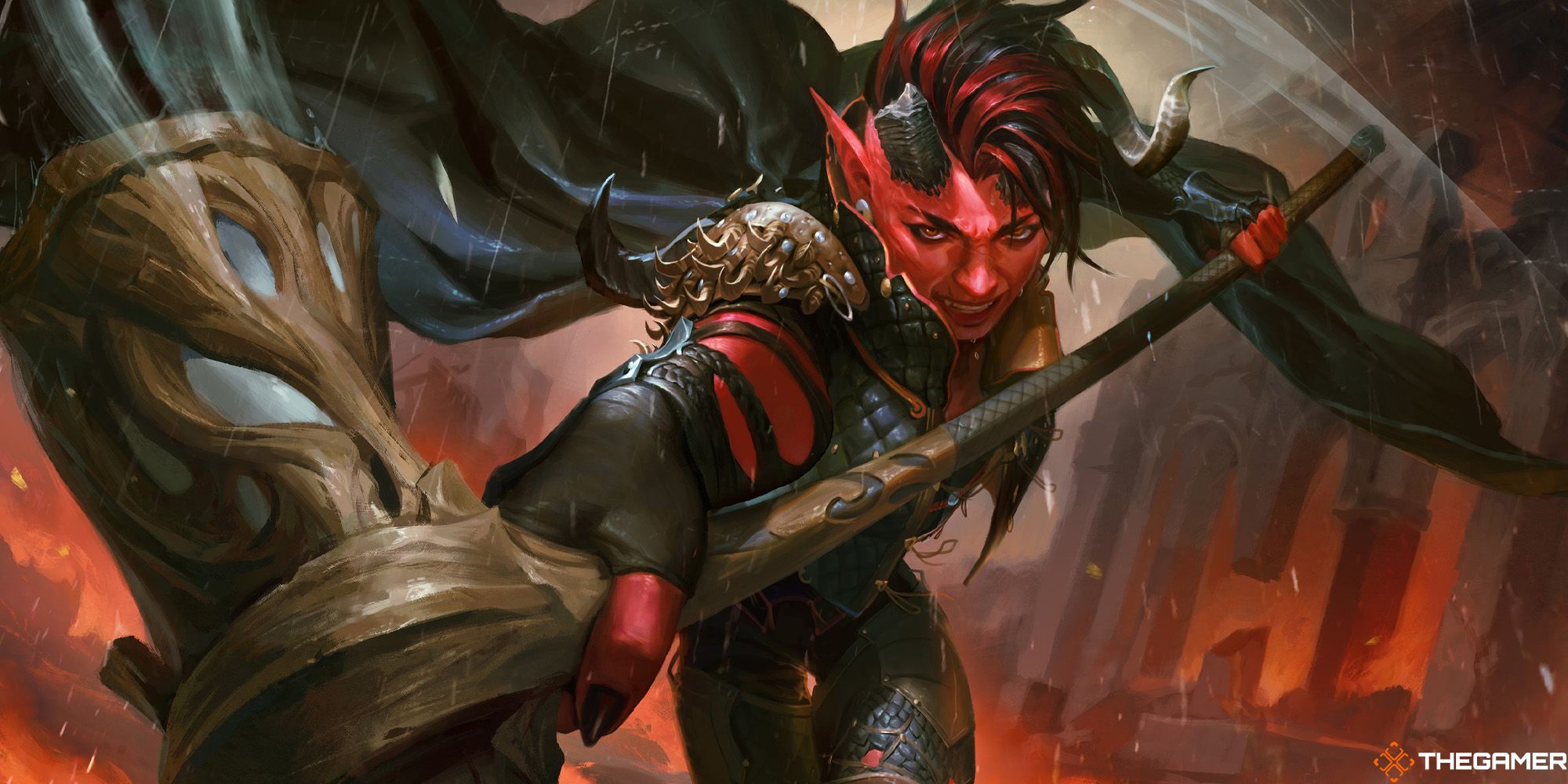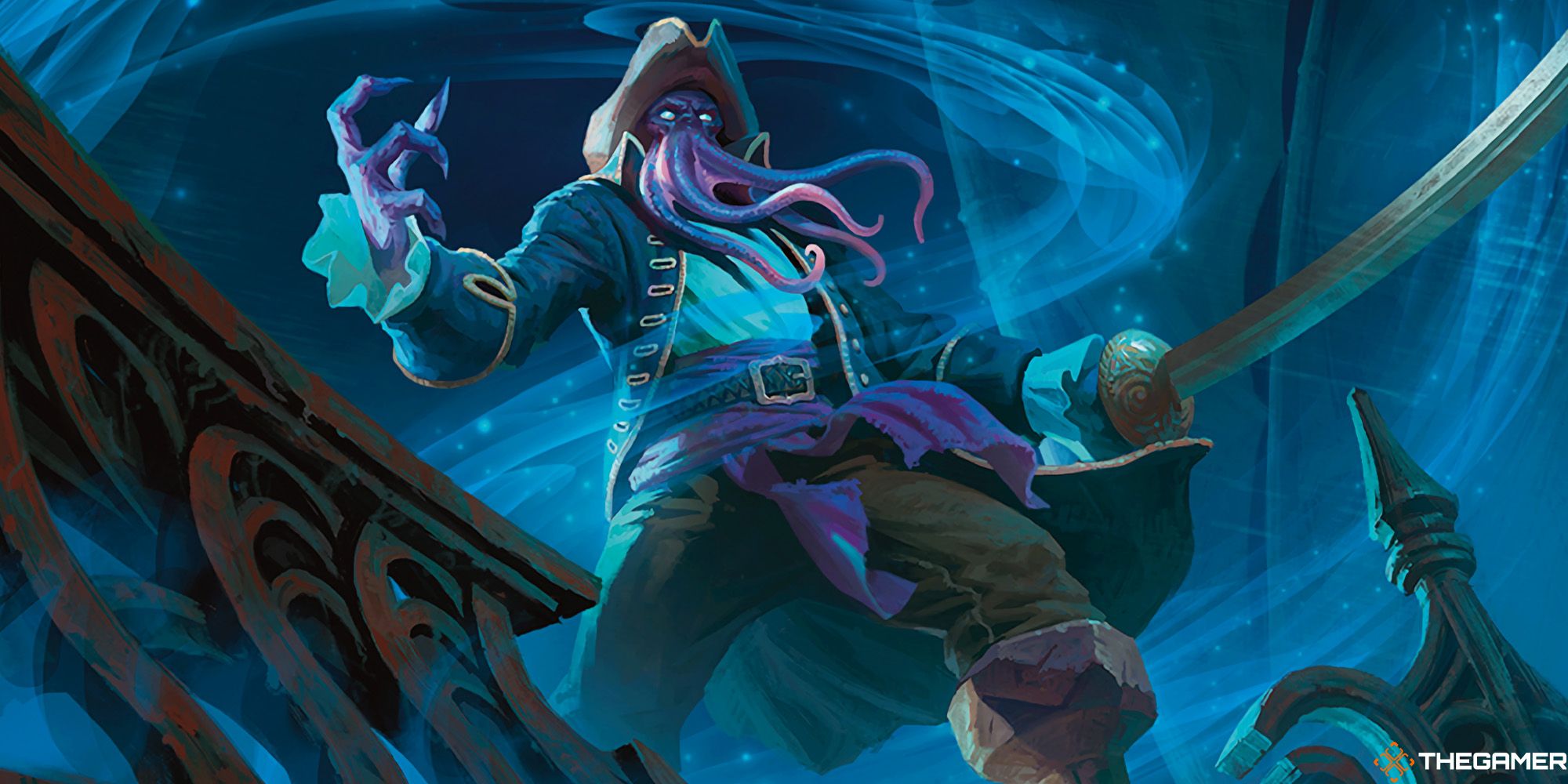Magic items are one of the best ways in Dungeons & Dragons to reward your players. They add a sense of progression for the characters and give them access to unique abilities and powerful features.
While there are more than enough magic items available in various books and sources for D&D, creating custom magic items for your players and characters can be a fun way to personalize your game experience. Whether it's your first time designing a magic item, or you want to rebalance some of your old designs, some of these tips can help you along the way.
7 Take Inspiration From Existing Magic Items
Coming up with original ideas in any creative process is challenging. Whether we like it or not, at least on a subconscious level we are always inspired by the work of others. So if you are having a hard time starting with designing your homebrew magic items, have a look at similar ideas in other sources.
Official items designed for D&D or even other TTRPGs can be a great source for evaluating the balance of your design. You can tweak items that you like to better fit them for your game, or take replicate certain mechanics or features for new items.
6 Tailor Items Specifically For Characters
One of the benefits of creating custom magic items is to personalize them for your own game and your characters. Official items are designed to be useful in a majority of situations and various characters, but a homebrew item can be tailored for specific characters.
Creating an item that signifies a cleric or warlock's relationship with their deities, a specially crafted weapon for a martial character, or other thematically related items can be exciting and immersive rewards for your players.
5 Make Items That Are Part Of The World's Lore
Magic items can have a rich and interesting backstory. They can be significant historical artifacts, and your players can learn about the world through using the item or by divination spells such as Identify or Legend Lore.
Based on where your players will find the items, you can include pieces of history and lore about ancient civilizations in the area, forgotten deities, or famous heroes or villains who might've used the item before them. These types of items can be a great way of subtle and indirect storytelling and would improve your world's immersion.
4 Help Characters With Their Weaknesses
Another great angle for designing homebrew items would be to recognize the characters' weaknesses and try to improve them with new features. D&D characters can become strong and unstoppable heroes in the late game, but they can use some extra help, especially in the early levels.
Just keep in mind that having flaws and weaknesses is an important part of realistic characters. Moderation is key when designing items for this purpose. Try to improve weaknesses that really hinder a character's play style or are a burden for the players.
3 Empower Your Characters' Strengths
One of the best feelings that players get in the game, is when they can show off their strengths and powerful abilities that help them solve challenging issues and defeat powerful enemies. Having items that empower these specific abilities, can give them more chances of shining and make the game more enjoyable for them.
These items might be tricky to design and lead to overpowered characters. Try to keep their power level in check by comparing them to similar items, asking for advice on the balance with other DMs or players, or testing them in separate one-shots to make sure they will not negatively affect your long-form campaigns.
2 Make Items That Get More Powerful As Characters Level Up
One of the downsides of getting a magic item at low levels is that it will become obsolete after a while. As characters level up, they might want to replace their old magic items with more powerful ones, and this can take away from the significance and mystique of having a magically enchanted item.
You can resolve this issue by creating magic items that will get more powerful as the game goes on. You can give these items to your players at lower levels, with only a small portion of them available to them. Then later on, as they level up, or even complete certain quests or rituals, their items can get more powerful and stay relevant for the entirety of the game.
1 Add Risk And Reward By Creating Cursed Items
Cursed items are an intriguing aspect of magic in D&D. Items that can give certain powers to a character for a price, and can create intense roleplay and decision-making moments in the game. There are many examples of cursed items in various sources, so you can take inspiration from them.
Something to keep in mind about cursed items is that the curse should not be so negative to completely dissuade players from using the item. It's also important to let the players know through in-game hints or spells such as Identify that the item has negative effects as well as positive ones.

